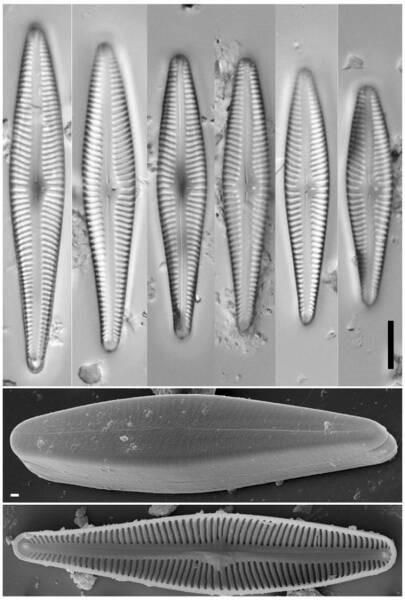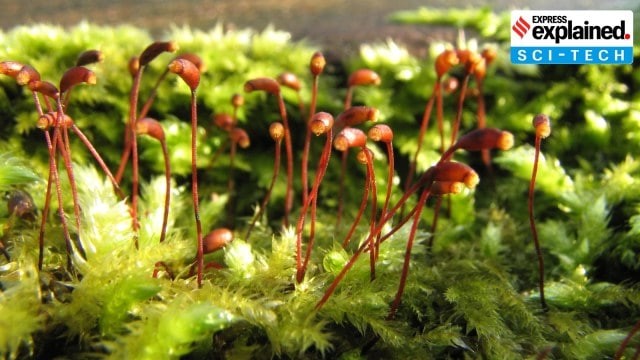





Disclaimer: Copyright infringement not intended.
Context
|
S N Rajaguru was a former faculty member of Deccan College and known for his attempts to link biological and archaeological remains during excavations. It was through Rajaguru’s extensive studies that researchers today have a clear time-frame of India’s paleo-environment. He retired in 1994 as Joint Director of Deccan College, and passed away in December 2022. |
About the new species
About Diatom
General Characteristics
Unicellularity
Thecae
Pigments
Nutrition
Food reserve
Lacking flagella
Reproduction
Buoyancy
Ecology
|
PRACTICE QUESTION Q) Which of the following statements with reference to Diatoms is/are correct? 1. All diatoms are photosynthetic. 2. Diatoms are referred to as the jewels of the sea. 3. A diatom is a unicellular eukaryotic alga.
Correct Answer: b |







© 2025 iasgyan. All right reserved